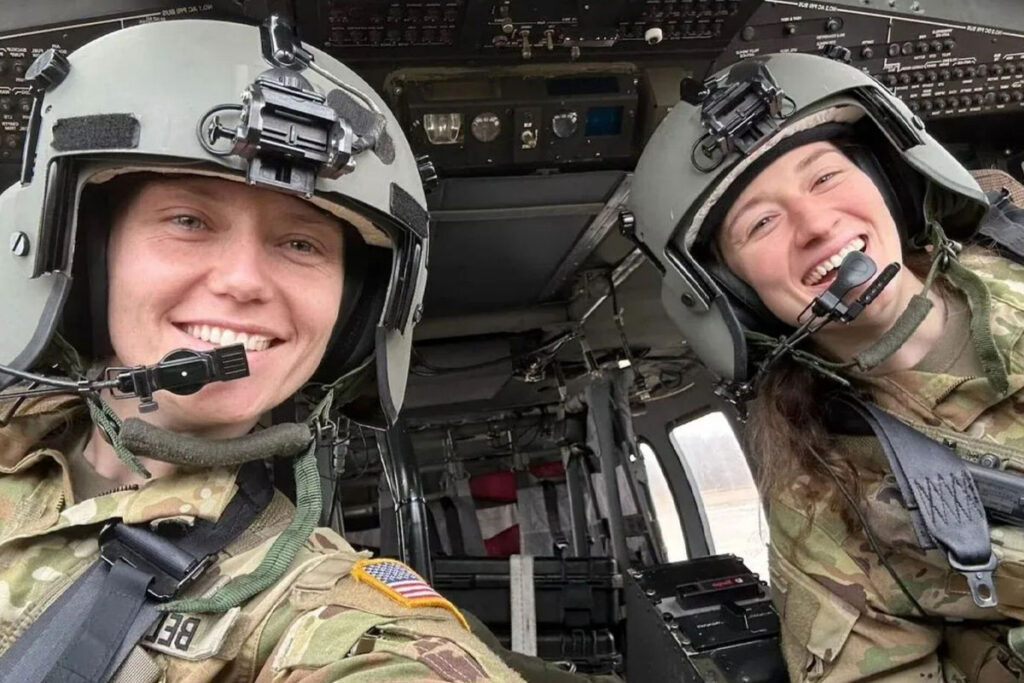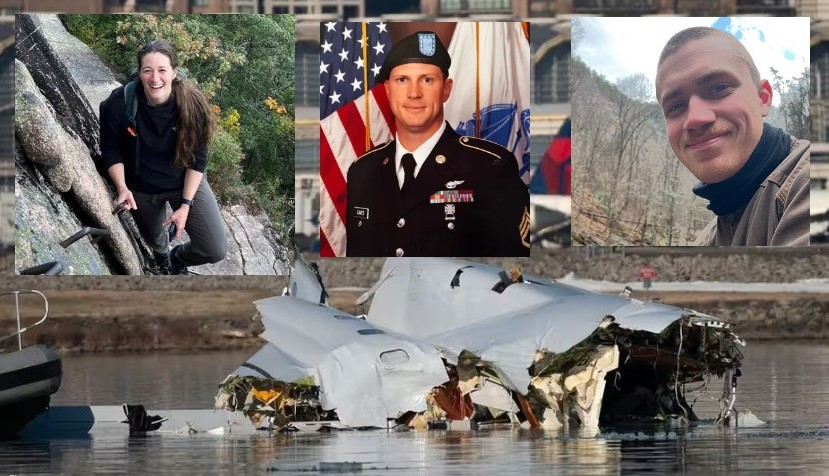The recent aviation disaster in the United States has drawn significant attention from both the public and aviation experts. At the heart of this tragedy is Rebecca Lobach, a key figure in the ongoing investigation led by the National Transportation Safety Board (NTSB). The fatal plane crash, which has been deemed the deadliest U.S. air accident in a generation, has raised numerous concerns regarding aviation safety, pilot response, and potential regulatory lapses. As investigators sift through conflicting altitude readings and other critical data, the focus remains on uncovering the truth behind the disaster.
The Tragic Incident and Its Impact
The catastrophic crash, which occurred in the U.S., resulted in multiple fatalities and left many others injured. The aviation industry is now grappling with the implications of the accident, and families of the victims are demanding answers. The NTSB, the primary agency responsible for investigating transportation accidents, has been working tirelessly to piece together the events leading up to the crash.
Preliminary reports suggest that the pilots attempted to pull the aircraft’s nose up within seconds of a deadly collision with a helicopter. This reaction, while instinctive, has raised questions about what went wrong in the cockpit and whether systemic issues within air traffic control contributed to the tragedy. Rebecca Lobach, a key figure in the investigation, has been instrumental in analyzing flight data and ensuring transparency in the probe.
Conflicting Altitude Readings: A Major Concern
One of the most perplexing aspects of the crash is the conflicting altitude readings recorded before impact. Pilots rely heavily on accurate altitude data to make split-second decisions, and discrepancies in this information can have catastrophic consequences. The NTSB’s investigation has revealed inconsistencies in the data retrieved from flight recorders, leading experts to question whether technical malfunctions, human error, or external interference played a role.
Rebecca Lobach has emphasized the importance of cross-referencing multiple sources of flight data to understand the true sequence of events. With modern aircraft equipped with advanced avionics systems, any failure in relaying accurate altitude readings could point to deeper issues within the aircraft’s instrumentation or air traffic control communication.
The Search for the Cockpit Voice Recorder
A crucial component in solving the mystery behind the crash is the cockpit voice recorder (CVR). The CVR captures real-time conversations between pilots and air traffic controllers, along with any background noises that could provide clues about mechanical failures or pilot distress. However, the recovery of the CVR has proven challenging, adding another layer of complexity to the investigation.
Rebecca Lobach and her team at the NTSB are spearheading efforts to locate and analyze the CVR. Without this key piece of evidence, reconstructing the exact sequence of events leading up to the crash remains difficult. The delay in recovering the CVR has fueled speculation and concerns among aviation experts and the general public alike.
Pilot Response and Safety Protocols
The immediate actions taken by the pilots in the moments leading up to the crash have also come under scrutiny. Reports indicate that the pilots attempted to correct the aircraft’s trajectory as soon as they recognized the impending collision. However, aviation experts are questioning whether existing training protocols adequately prepared the crew for such an emergency.
Rebecca Lobach has underscored the need for a comprehensive review of current pilot training programs to ensure they include adequate simulations of high-stress situations like the one experienced in this crash. She has also advocated for stricter enforcement of safety regulations to prevent similar incidents in the future.
Regulatory Changes and Future Preventive Measures
The tragic accident has prompted calls for regulatory reforms in U.S. aviation. Stakeholders, including government agencies, airlines, and pilot associations, are pushing for enhanced safety measures to prevent such disasters from recurring. Potential reforms could include improved air traffic control communication protocols, mandatory system checks for altitude readings, and more rigorous training for pilots handling emergency scenarios.
Rebecca Lobach has been vocal about the necessity of these changes, stressing that aviation safety must be a top priority. As the NTSB continues its probe, recommendations will likely emerge that could shape future aviation policies in the United States.
Public and Industry Reactions
The aviation community, including pilots, engineers, and regulatory bodies, has reacted with shock and urgency to the findings of the investigation. Airlines are reassessing their safety protocols, and passengers are increasingly concerned about flight safety. The incident has reignited debates about the effectiveness of existing aviation safety measures and whether technological advancements are keeping pace with modern aviation challenges.
Families of the victims have also been vocal in demanding transparency and accountability. Many are seeking legal action against relevant parties, pushing for reforms that could prevent such tragedies in the future. Rebecca Lobach has played a critical role in addressing these concerns, ensuring that the investigation remains thorough and objective.
Conclusion
Seeking Answers and Ensuring Accountability
The tragic U.S. plane crash that claimed several lives has left a lasting impact on the aviation industry and the general public. As the NTSB, led by experts like Rebecca Lobach, delves deeper into the investigation, the focus remains on uncovering the truth and implementing necessary safety measures.
With conflicting altitude readings, missing cockpit recordings, and questions surrounding pilot responses, the path to a conclusive report is complex. However, with persistent efforts from aviation experts and regulators, the goal is to prevent such accidents from occurring in the future.
Rebecca Lobach’s involvement in the investigation has been crucial in ensuring transparency and accountability. As the findings continue to emerge, the aviation industry will likely witness significant changes aimed at enhancing passenger safety and restoring public confidence in air travel. Until then, the families of the victims, the aviation community, and the public await the final report that will shed light on one of the deadliest air accidents in recent U.S. history.



